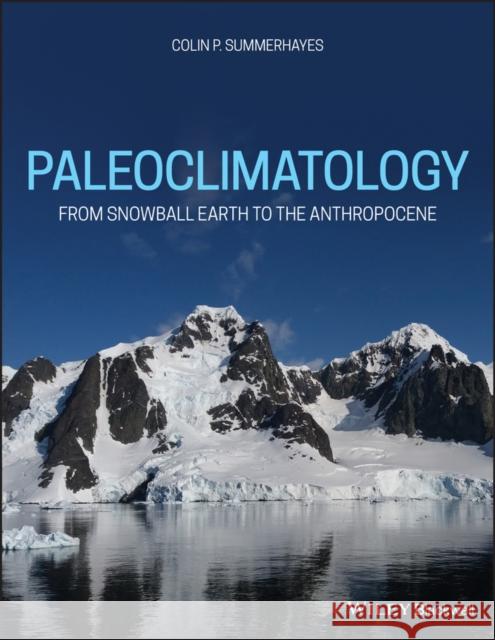Paleoclimatology: From Snowball Earth to the Anthropocene » książka
topmenu
Paleoclimatology: From Snowball Earth to the Anthropocene
ISBN-13: 9781119591382 / Angielski / Miękka / 2020 / 560 str.
Kategorie:
Kategorie BISAC:
Wydawca:
Wiley-Blackwell
Język:
Angielski
ISBN-13:
9781119591382
Rok wydania:
2020
Ilość stron:
560
Waga:
1.37 kg
Wymiary:
27.43 x 21.34 x 2.29
Oprawa:
Miękka
Wolumenów:
01
Dodatkowe informacje:
Bibliografia











